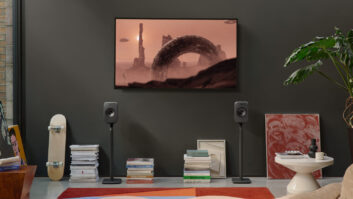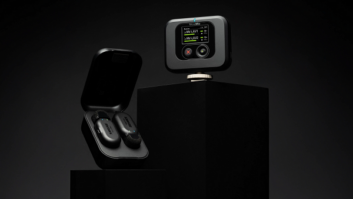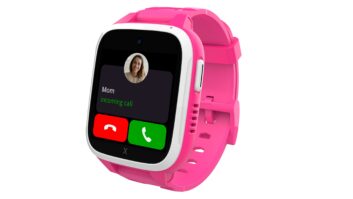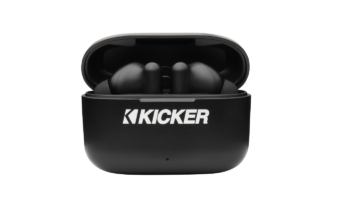Wireless connectivity along with lower cost and higher performance are the primary reasons notebook computers will attract an even greater share of the consumer computer market in the next three years, said a trio of industry watchers.
Alan Promisel, International Data Corp.’s notebook and personal computing research analyst, said that despite the poor economy, consumers bought notebooks in record numbers in 2002 and he expects this trend to continue and expand. This will push the percentage of notebooks out of all computers sold up from the 23 percent level held in late 2002 to about 30 percent in the next two years, he said.
This figure could even go higher if businesses step up their purchases. IDC is estimating about 35 million notebooks will be sold worldwide this year, with about 11 million of these being bought by consumers. And in the next two years, wireless capability will become standard on about 90 percent of all models.
Promisel added, “Notebook shipments are going hand in hand with wireless deployment. The price difference between PCs and notebooks is now $500 or $600, and consumers lose very little in performance with a notebook.”
He could not explain this consumer buying pattern, saying it is goes against what normally happens during rough economic times.
Michael Feibus, principle analyst for TechKnowledge Systems, said purchases made in 2002 and 2003 could spur an even greater appreciation for notebooks among the general public.
“Many of last year’s notebook purchases were desktop replacement models and not truly mobile. But these will give them a taste for mobile computing and their next purchase will be a lighter model,” he said.
This will have an even greater impact as the number of home wireless networks and public hot spots grows. The impact these have had on portable computing is already impressive, Promisel and Feibus said. The number of wireless hot spots, defined as a public areas where WiFi networking is available either for free or through a service, is expected to triple over the next three years, according to IDC data. These will pop up primarily in restaurants, hotels and airports, but outdoor areas like parks are likely to be wired, as well. Starbucks is the highest profile place to supply wireless service and several high-tech vendors, including Intel, are sponsoring WiFi access in New York City’s Bryant Park.
Feibus said cellular carriers are likely to fill in the gaps between these WiFi-equipped areas by delivering Internet content via their cell services. Because of this, he predicts notebook development will follow the same path as cellphones.
“Just like today’s notebook PCs, early cellphones weren’t truly mobile either,” he said, using the old Motorola Brick phone as his example of how heavy, low-powered and expensive cellphones were.
“All the shortcomings of these cell- phones are now gone and this will happen with notebooks. To reach the same level, notebooks must last all day on a charge, connect wirelessly to the Web and perform well on battery power,” Feibus said.
Because notebook development is already relatively advanced, Feibus said notebooks should reach a “cellular” level of service quickly, probably much faster than the 10 years it took the phone market.
As notebook wireless capabilities advance, their design will follow suit. Michael Nuttal, founder of IDEO, an industrial design firm, said the wireless environment should determine a product’s design, making future notebooks thinner and the size of a paperback book.













